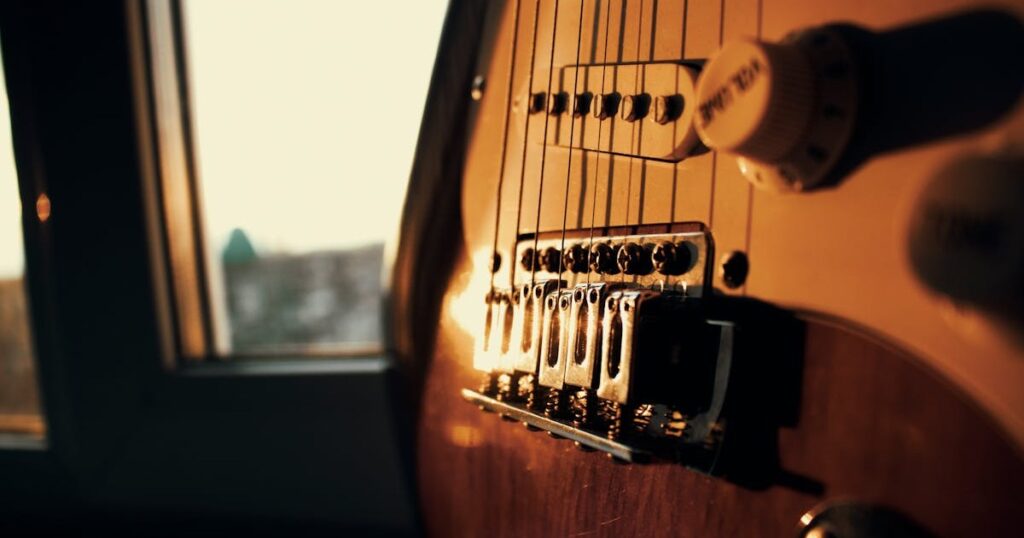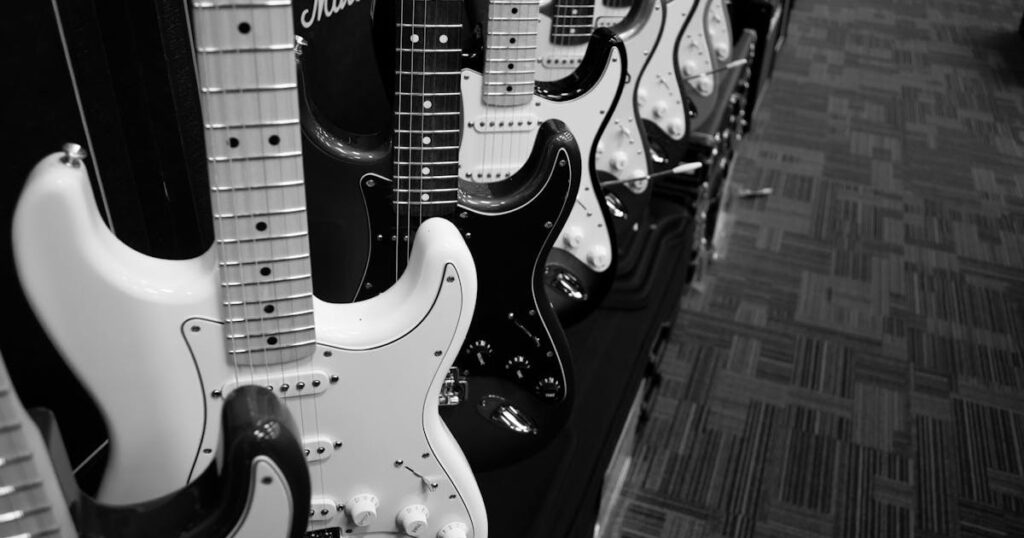Key takeaway: Electric bass guitars come in various types, each offering unique features and tonal qualities. Understanding their components, such as the body, neck, wood, and electronics, is essential for selecting the right instrument for different music styles and player preferences.
Electric bass guitars have been around since the 1930s and have undergone numerous changes since then. Today, there are various types of electric bass guitars available in the market, each with its own unique features and sound.

In this article, we will explore the different types of electric bass guitars, including their construction, materials used, and electronics.
What is a Bass Guitar?
Before diving into the details of different types of electric bass guitars, it is essential to understand what a bass guitar is.
A bass guitar is a stringed instrument that produces low-pitched sounds or basslines. It typically has four strings tuned to EADG (low to high). Bass guitars are commonly used in various music genres, including rock, jazz, funk, and more.
The Basics
The first electric bass guitar was created by inventor Paul Tutmarc in the 1930s. It was initially called an “electronic bass fiddle” and had a wooden body with four strings.
Since then, there have been many advancements in design and technology when it comes to electric bass guitars. However, the basic components of a bass guitar remain the same – the body, neck, fretboard, headstock, tuning pegs, bridge/tailpiece, pickups, and electronics.
The Bass Body
The bass body is responsible for producing sound vibrations when the strings are played. It can have different shapes, sizes, and materials, each contributing to the tone of the bass guitar.
The most common body shapes for electric bass guitars are the Precision Bass and Jazz Bass styles by Fender. Other popular body shapes include the SG style by Gibson and the Thunderbird style by Epiphone.
Bass Guitar Woods
The type of wood used in a bass guitar’s construction also plays a significant role in its overall sound. The most commonly used woods for bass guitar bodies include alder, ash, mahogany, and maple.
Each wood has its unique tonal characteristics – for example, alder is known for producing a balanced tone with good sustain, while ash is known for its bright and punchy sound.
Bass Guitar Necks
The neck of a bass guitar is responsible for holding the strings, fretboard, and headstock together. It also contributes to the overall feel and playability of the instrument. Bass guitar necks can be made from various materials, including maple, mahogany, and rosewood.
The shape of the neck can also vary – some are thin and flat, while others are thicker with a more pronounced curve.
Electronics in a Bass
One of the most significant differences between types of electric bass guitars lies in their electronics. Most bass guitars have passive electronics, meaning they do not require external power sources and have simple controls such as volume and tone knobs.

However, some bass guitars have active electronics that require a battery and offer more complex EQ and tone-shaping options.
FAQs
Are there other types of strings besides the traditional EADG?
Yes, some bass guitars come with five or six strings for extended range and different tunings.
Can I use a guitar amp for my bass guitar?
It is not recommended as guitar amps are designed to handle higher frequencies, and using a bass guitar with it can damage both the amp and the instrument.
What is the difference between fretted and fretless bass guitars?
Fretted bass guitars have metal frets on the neck that mark specific places to press down the strings, while fretless bass guitars do not have these markers, allowing for more expressive playing but requiring more accuracy in finger placement.
Conclusion
In conclusion, there are various types of electric bass guitars available, each with its own unique features and sound. The body shape, wood type, neck construction, and electronics all play a significant role in determining the overall tone and feel of a bass guitar.
As a musician or music enthusiast, it is essential to understand these differences to choose the right bass guitar for your needs and preferences. Whether you’re a beginner or an experienced player, there is always something new to discover and explore in the world of electric bass guitars.
